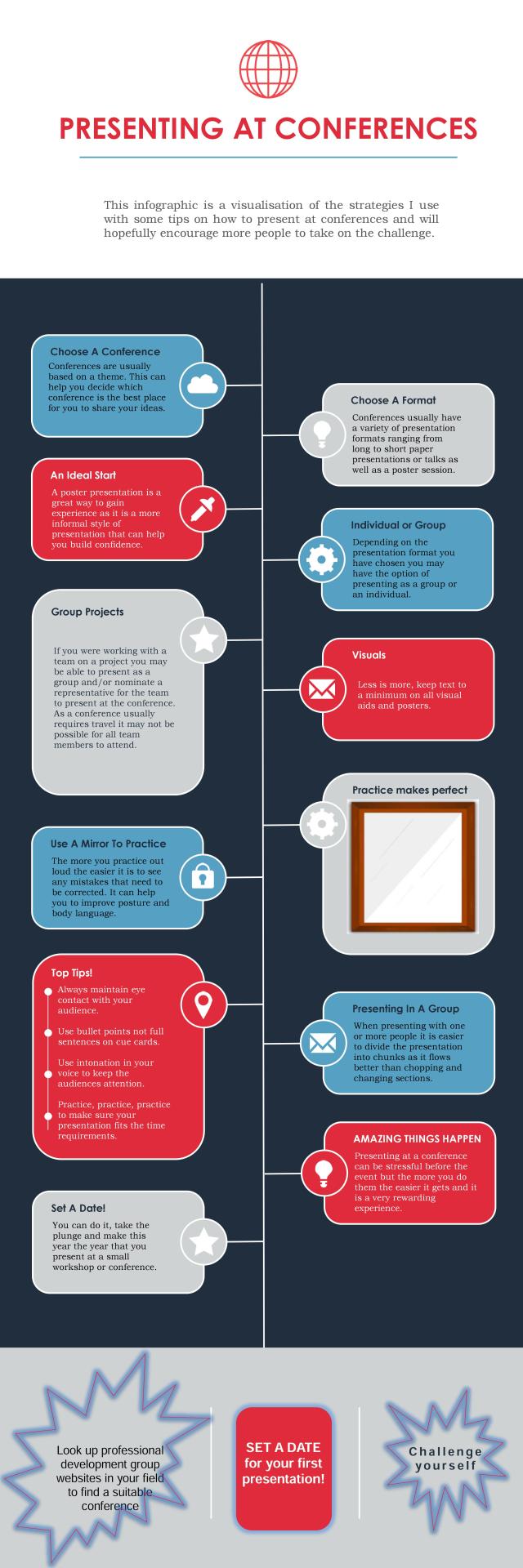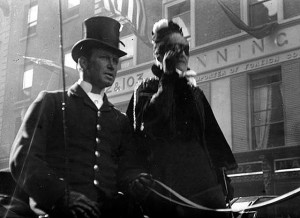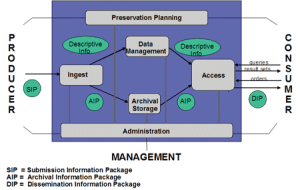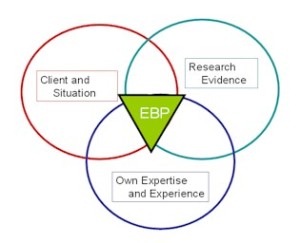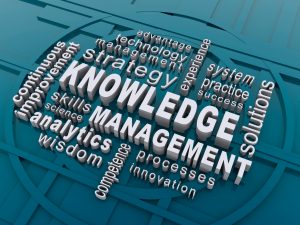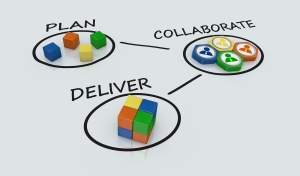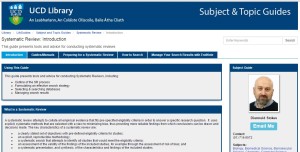
I can’t believe it’s all over. Rudai 23 was a fantastic experience and I learnt so much from it. My first experience with social media was Bebo, I even had a My Space account but that was short lived. I’m not sure why I took the plunge and finally gave in to Facebook in 2008 and that was pretty much the only social media I used until I did the MLIS and particularly the Rudai 23 course. As social media has become an integral tool for both work and my social life, it can sometimes become over whelming. I’m still struggling with the 140 character limit on Twitter.
I have only recently started using Hootsuite so I haven’t yet fully integrated it into my routine but it is an invaluable resource. It’s always difficult to post content at the optimum time when you do it manually but with Hootsuite I don’t have to worry about it, I can schedule all the notifications in the morning and spend more time engaging with the content and the users.
Thank you to everyone on the Rudai 23 team, it was a fantastic experience and I hope you can run this course again.

